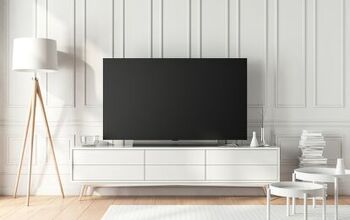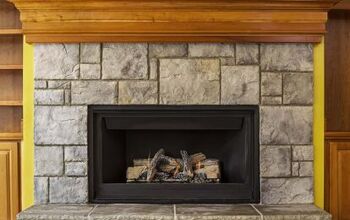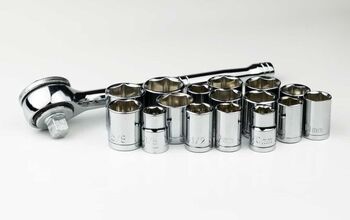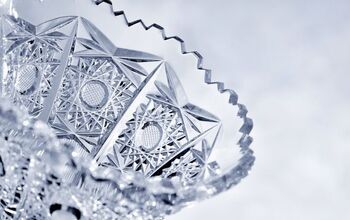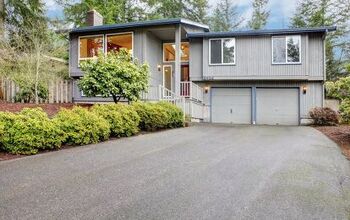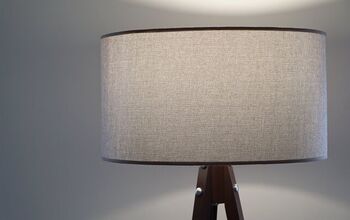Seven Characteristics Of Organic Modern Design

Organic modern design warms up the clean lines and minimalist approach of modern design with natural materials. Of course, this might be oversimplifying things a bit, but it gives you an overview of what to expect from this 20th-century style.
A preference for earthy tones, natural materials, and maximizing natural light are key elements in organic modern design. When adding color, use hues that appear in nature. Consider materials that engage multiple senses and provide texture. Balancing the inside and outside spaces and creating a cozy, warm ambience are other priorities.
If you love mid-century modern design and prefer things more streamlined, but you crave a cozy vibe, organic modern is a good fit. The style blends these concepts to deliver an effortless look that draws you in and invites you to stay.
The Birth Of Organic Modern Design
Renowned architect Frank Lloyd Wright introduced the idea of organic design in his work starting in 1908. At the time, he spoke more about a marriage between the building and the natural environment around it. The concept was an expounding on the idea of form following function, or a piece’s design should complement its purpose.
Organic design was about respecting the materials. By the 1930s, people started focusing more on the environment and using natural materials in their homes was a way to do this.
World War II saw a shift in the design space because of the decreased availability of natural materials. There was more focus on man-made options thanks to the development of mass-production techniques. This is one of the reasons mid-century modern design, which started to explode during this era, features a blend of natural and synthetic materials.
The Space Age also introduced more plastic into the mix, and home interiors started moving away from natural materials. However, in recent years, people have started to gravitate toward more sustainable options, leading to a resurgence in organic modern design.
7 Ways To Incorporate Organic Modern Design Into Your Home
In many ways, organic modern design is a blend of several styles. When you walk into an organic modern space, you may get hints of Scandinavian and Bohemian styles layered on top of a mid-century modern background.
Overall, the feel of the room should be warm and relaxed, without a lot of fuss or clutter. You should see plenty of elements that introduce nature into the room through plants, natural materials, and earthy hues.
If you’re ready to create an organic modern style in your home, these are the 7 essential points you need to know.
1. Balance Clean Lines With Organic Shapes
Organic modern calls for a mix of different lines and shapes. It’s not all about curves, but it’s also not solely about the geometric patterns popular in mid-century decor.
Balance the streamlined silhouettes and sharper lines of modern design with the softer curves of organic shapes. You can introduce these more natural lines through furniture, patterns on pillows and wallpaper, artwork, or a bold rug. The main point is to use a bit of both elements throughout the space to soften and relax the overall vibe.
2. Choose A Color Palette Inspired By Nature
There needs to be a distinction regarding the color palette for organic modern design. Many people think of all browns and greens when they hear “natural colors.” However, that isn’t exactly what this design style means when it says to choose a natural color palette.
Although many instances of organic modern design showcase earthy hues, like browns, creams, and rust colors, these aren’t the only options. Other colors aren’t off the table, as long as your overall look lands somewhere in the warm, cozy realm.
Therefore, focus on using colors that occur in nature, which means blues, pinks, and reds are also options. However, whatever colors you choose, the style calls for keeping the shades and tones you pick more subtle. (Think a soft, rosy pink, not Barbie or bubblegum.
3. Focus On Natural Materials
You can’t have organic modern design without using natural materials — it’s pretty much the main element. Natural stones, fibers like cotton, wool, and linen, and woven baskets are all examples of ways to incorporate natural materials.
Wood is another big element in organic modern, especially lighter woods that evoke a more Scandinavian sensibility. Also, light-stained woods often give off a more as-is look than darker-stained options. In other words, they look more like they do when they’re found in nature.
This priority for natural materials doesn’t mean man-made things are off the table. Organic modern still blends natural and synthetic pieces, very much like mid-century modern. You’ll find manufactured steel, a cool acrylic vase, etc. But these pieces should not be the highlight of your space and should always work in tandem with natural elements.
4. Choose Quality Over Quantity
When it comes to furniture and other accessories, the focus is on quality over quantity. A few well-made, impressive pieces are more impactful than a room full of mass-produced items.
This doesn’t mean you need to spend thousands on every piece of furniture or decor item in your home. Quite the contrary, you can find incredible pieces to complete your organic modern design in vintage shops and secondhand furniture stores.
5. Balance The Indoors And The Outdoors
Blending the outdoor space with your interior in a seamless way is a hallmark of organic modern design. One of the ways to do this is by making the most of your surroundings. If you’re blessed with an incredible view, show it off by drawing attention to the windows.
This has the added advantage of maximizing natural light. Remove heavy drapery, add windows if you’re able, or place mirrors strategically in the space to reflect light and the view.
Decorate with houseplants and fresh greenery. Pay attention to your outside spaces and decorate them as you would your interior to help blur the line between the interior and exterior. For example, if your den opens onto a patio, bring elements from inside onto the patio to help marry the two areas.
6. Embrace Cozy Minimalism
The organic modern style maintains a more minimalist approach to design, in keeping with its Scandinavian and mid-century modern influences. However, it’s not a hard-core minimalism in which you have no artwork, decor, or touches of personality.
Remember, part of organic modern also reflects a bit of the Boho style, and this isn’t just because of the houseplants. Although you want to maintain an uncluttered space, you also want to add inviting touches. Express yourself through a key piece of art, add a dash of coziness with a fuzzy wool throw, and show off your grandmother’s pottery collection.
7. Engage All The Senses
Any design style you choose should consider all of the senses. However, if organic modern style is your wish, then this concept is even more essential. Natural materials shouldn’t just be pleasing to the eye. They should also invite guests to interact via touch and smell.
For example, imagine the soft fibers in a wool rug or various earthy scents, like cedar or balsam. You can incorporate fragrances using reed diffusers, wax warmers, or candles, depending on your preference.
It’s also possible to add in natural sounds. Use a fountain or similar water feature or hang wind chimes. If you live in a peaceful setting, install window screens and leave the windows open on pleasant days. You get to enjoy the sounds of nature without letting unwanted pests and critters into your home.
Is Organic Modern Right For Your Home?
Do you love the idea of a warm, cozy space that feels lived-in without being overloaded with stuff? If so, then organic modern could be the style you’re looking for. It embraces the idea of a more streamlined space, softened with organic curves and natural materials.
Related Guides:
- Eight Characteristics Of Mid-Century Modern Design
- How To Clean a Shag Rug (3 Ways To Do It!)
- A Mindful Approach To Minimalism

Stacy Randall is a wife, mother, and freelance writer from NOLA that has always had a love for DIY projects, home organization, and making spaces beautiful. Together with her husband, she has been spending the last several years lovingly renovating her grandparent's former home, making it their own and learning a lot about life along the way.
More by Stacy Randall
















